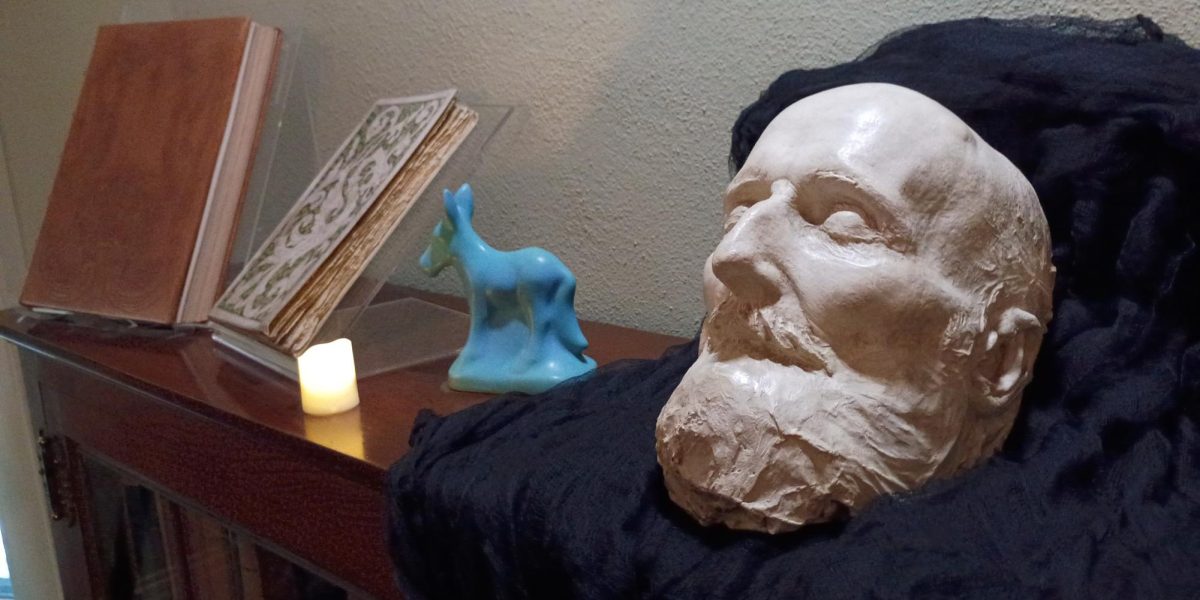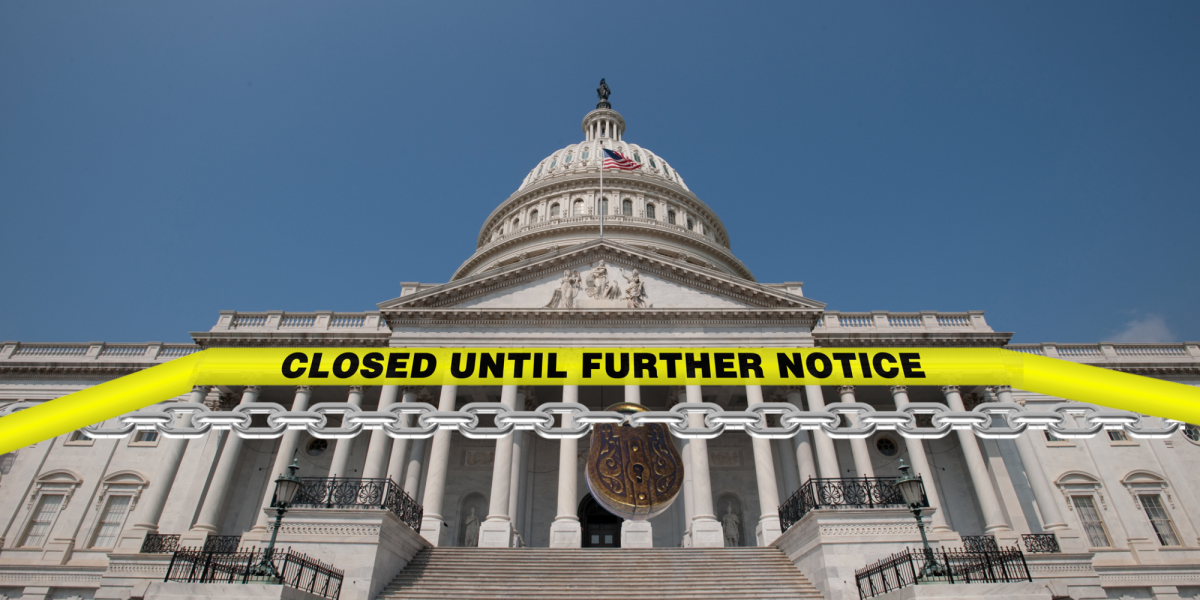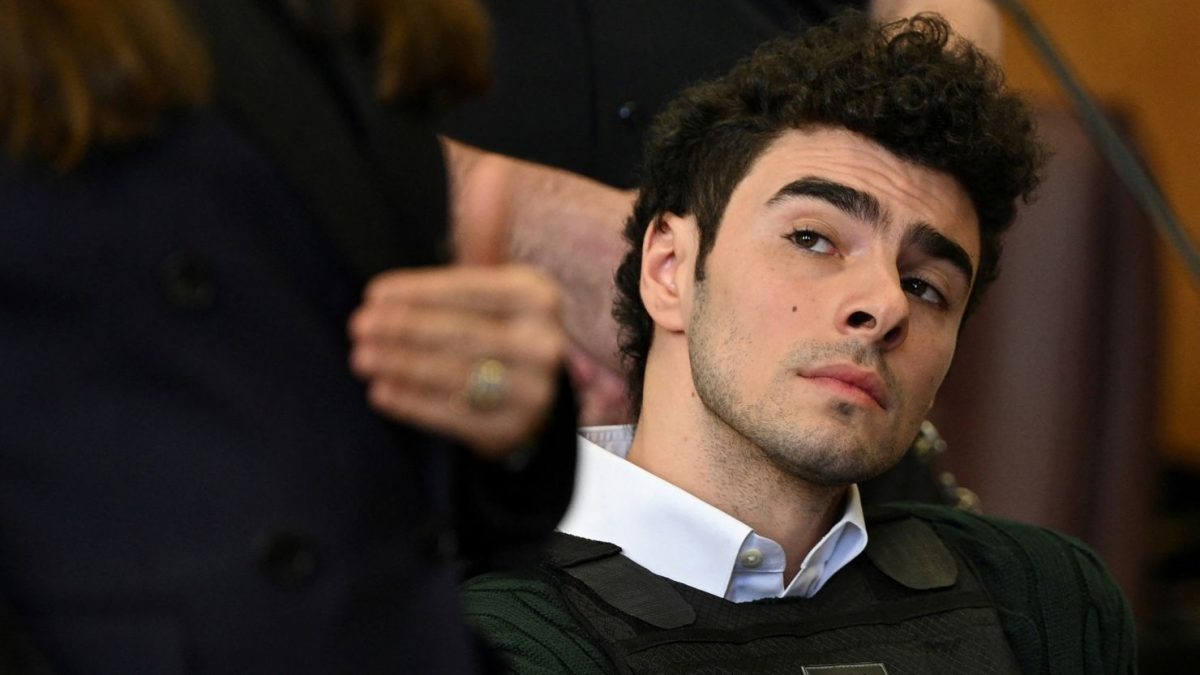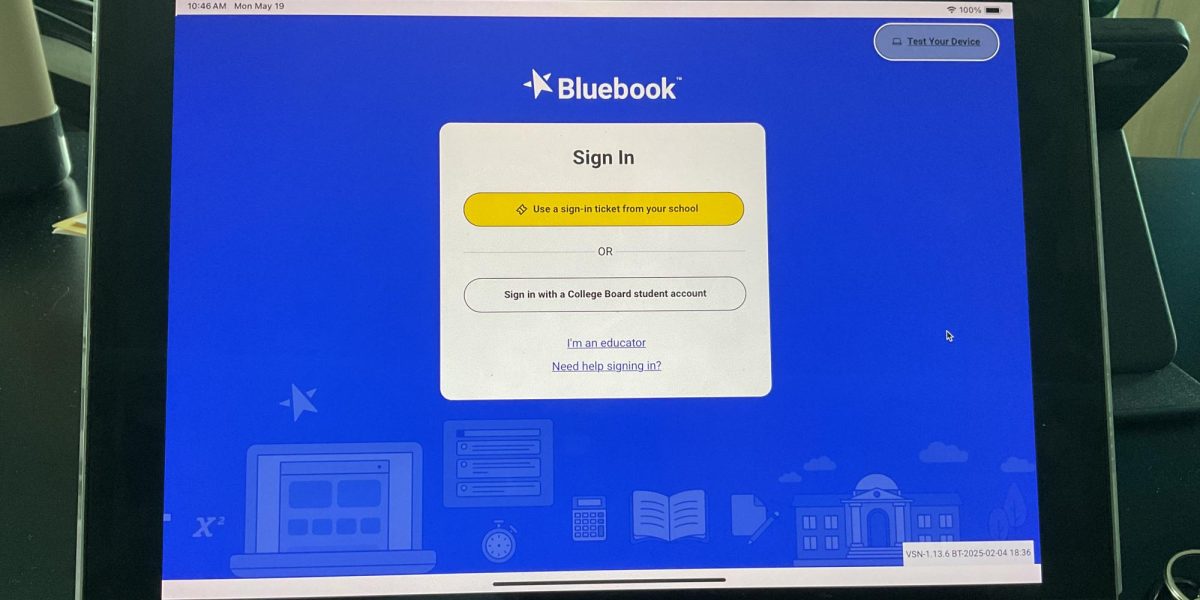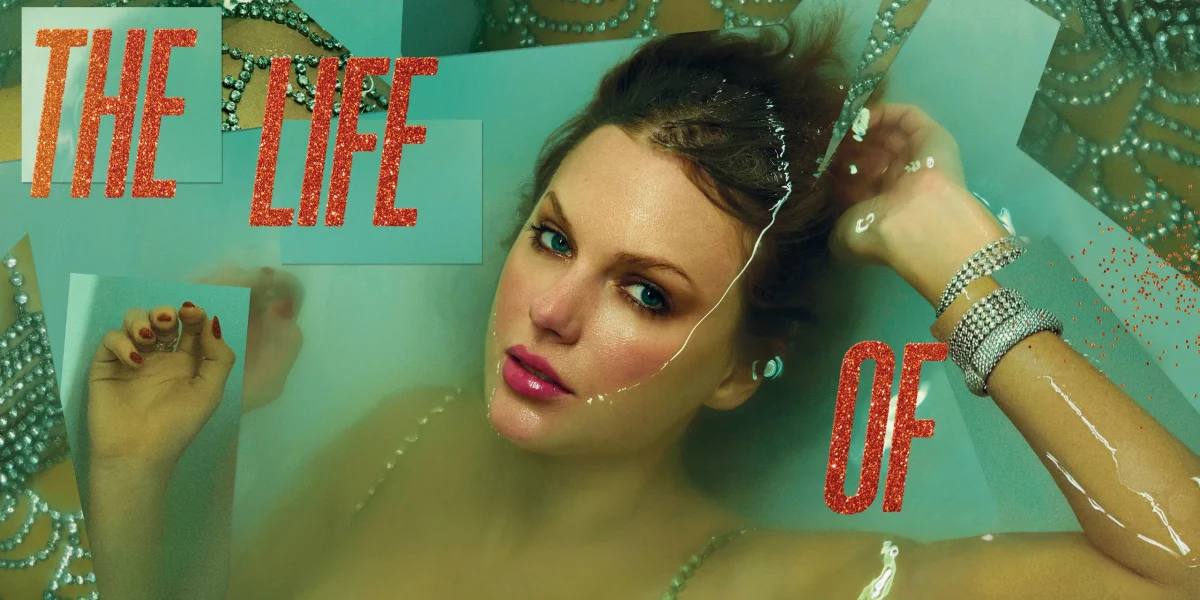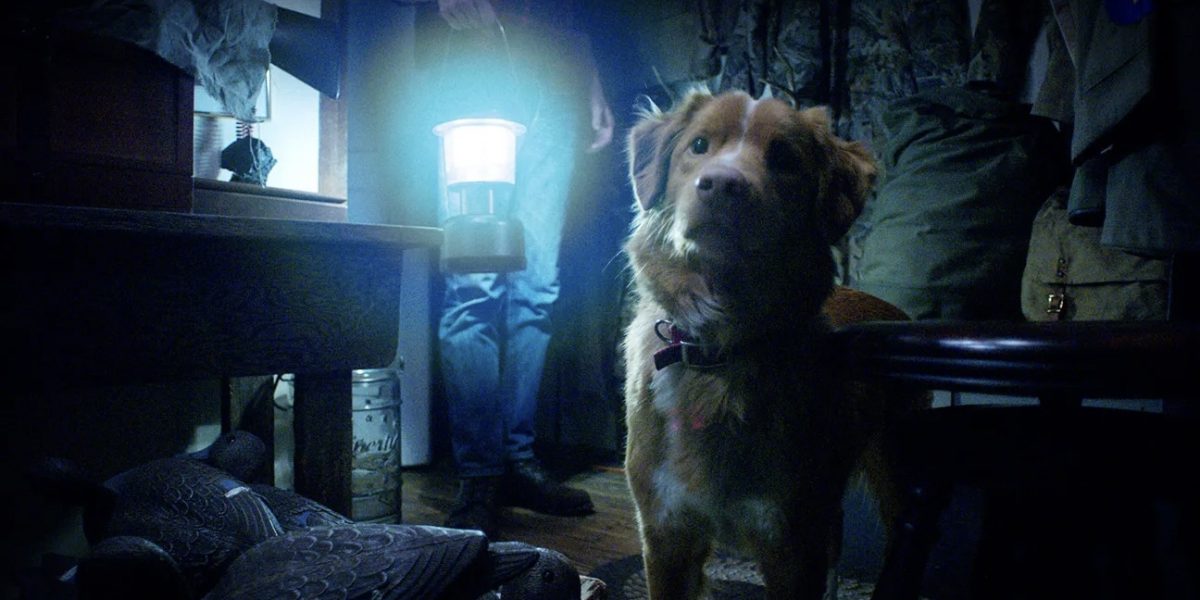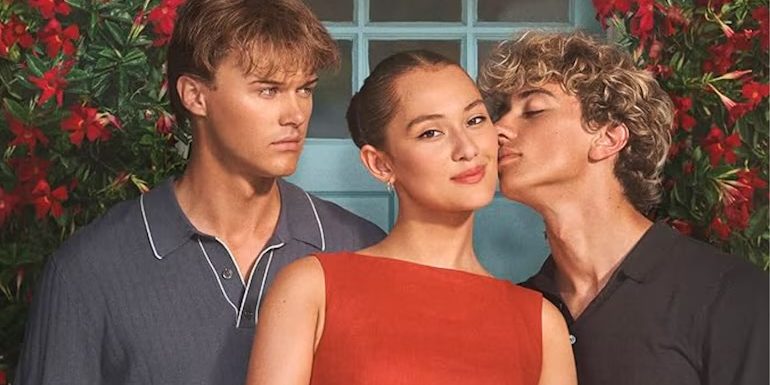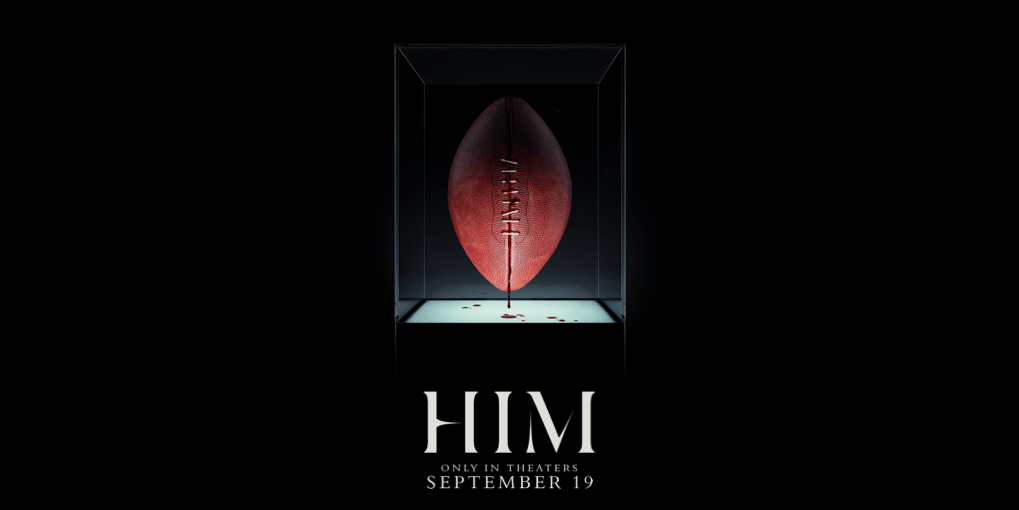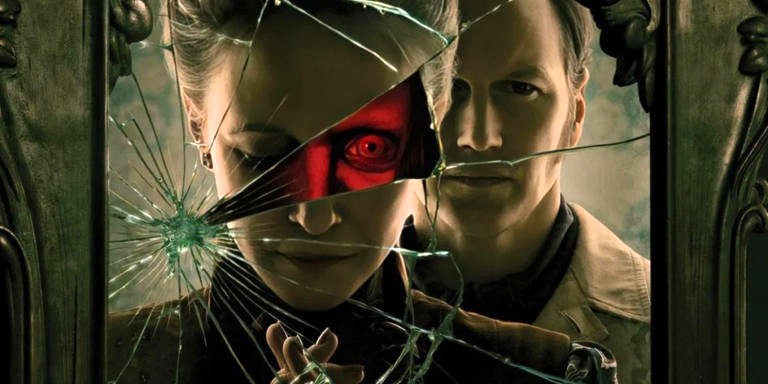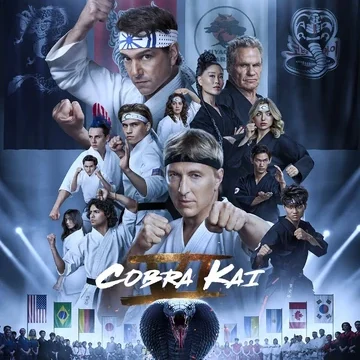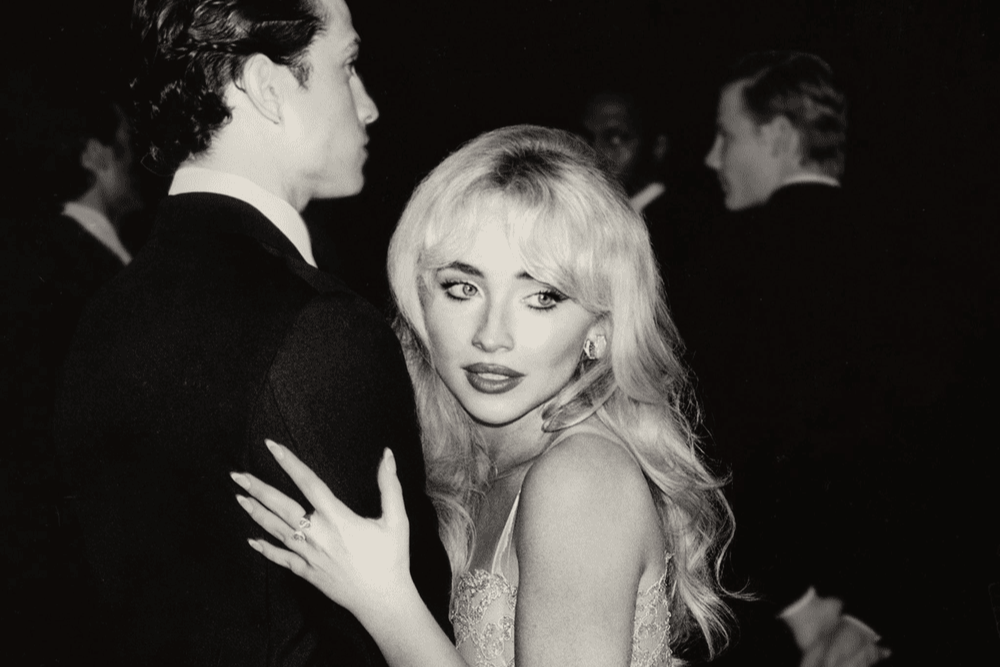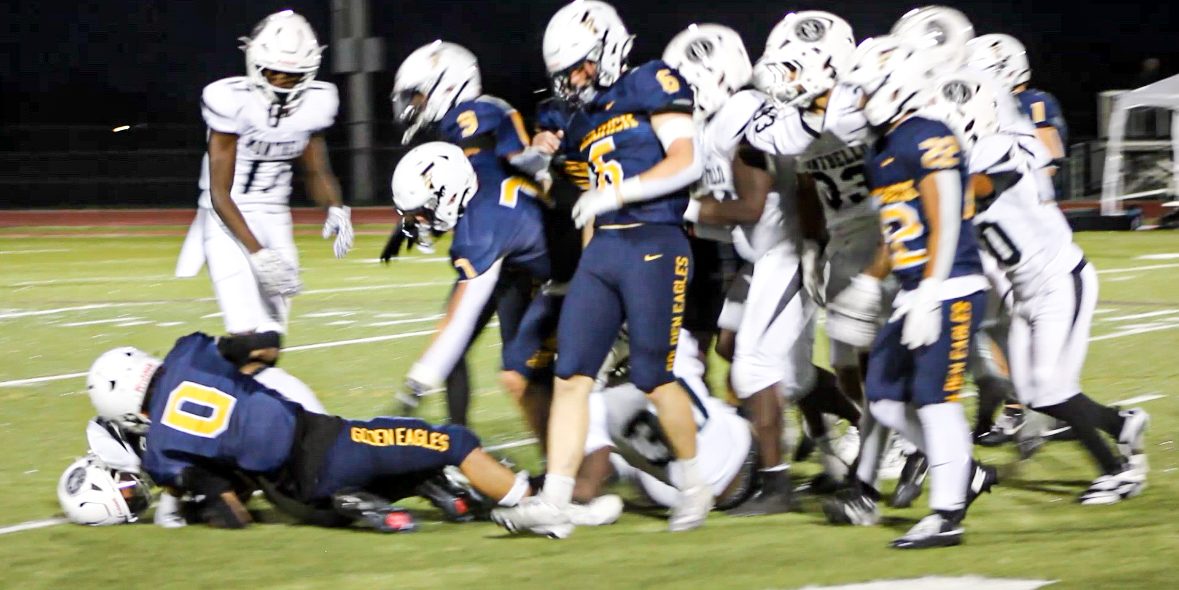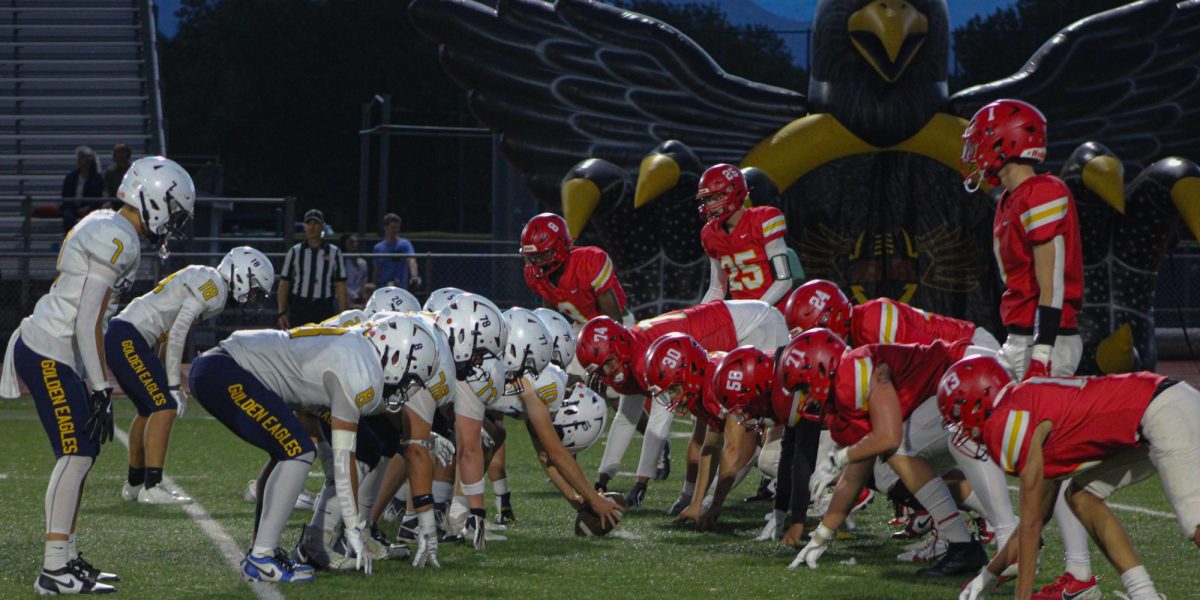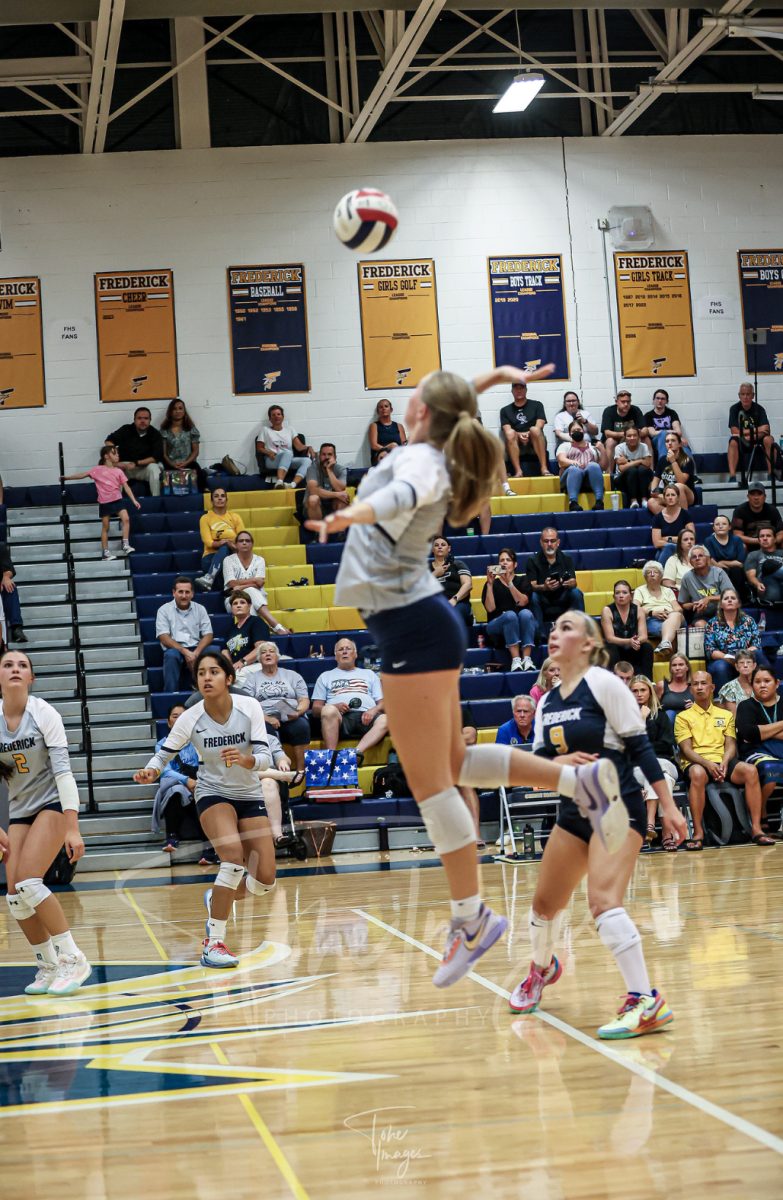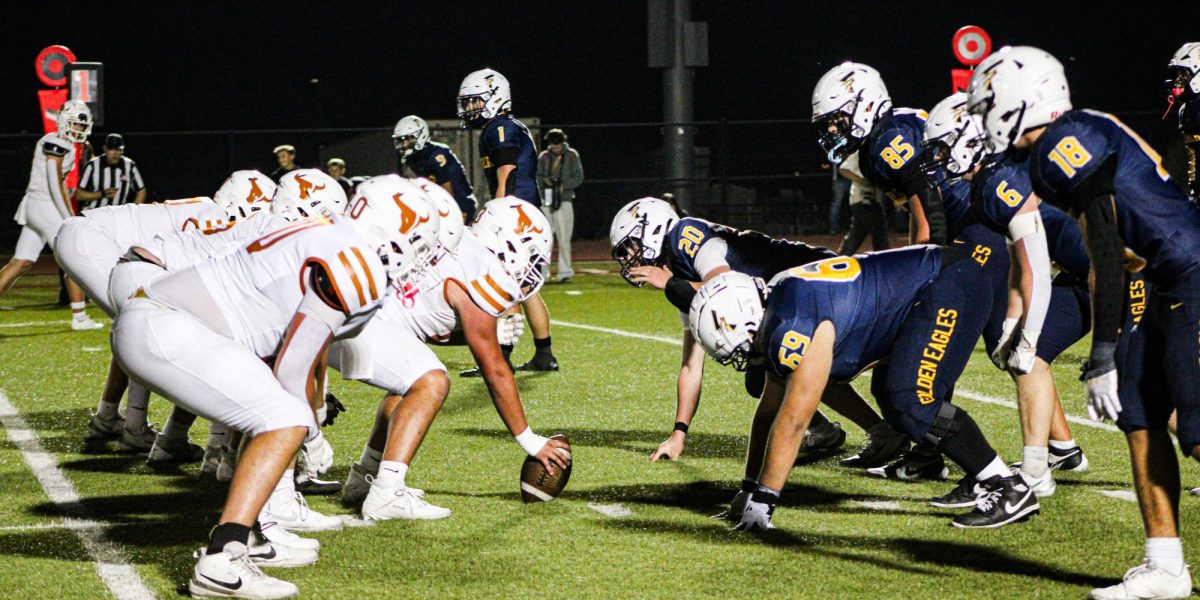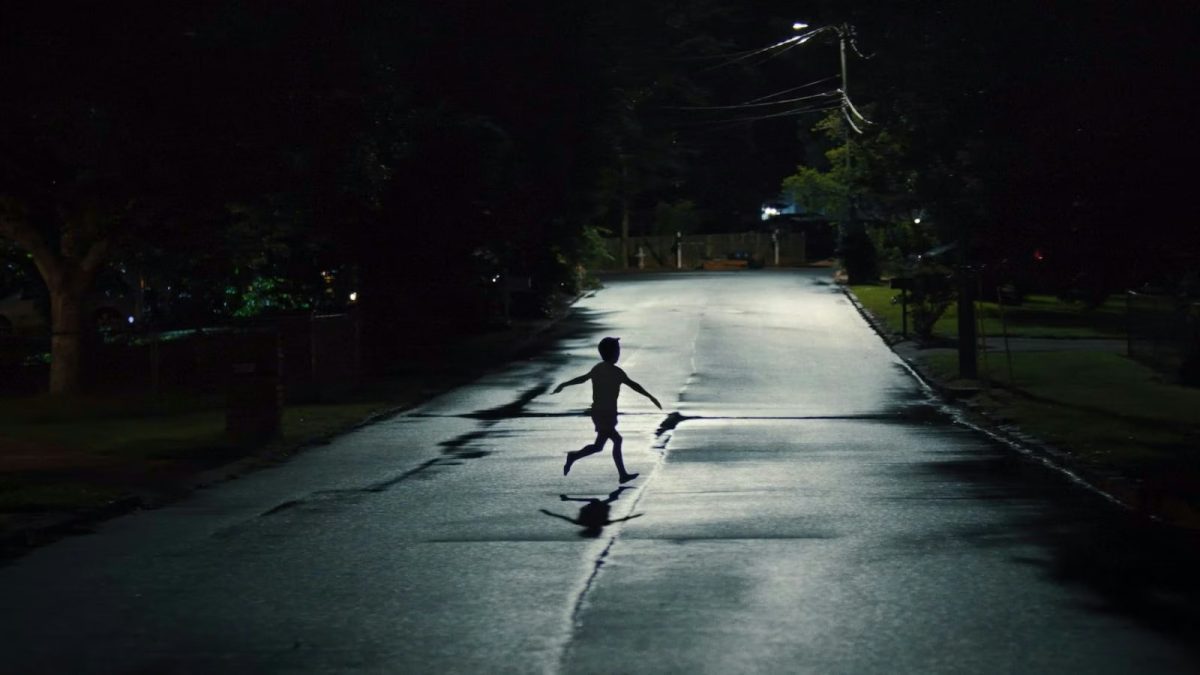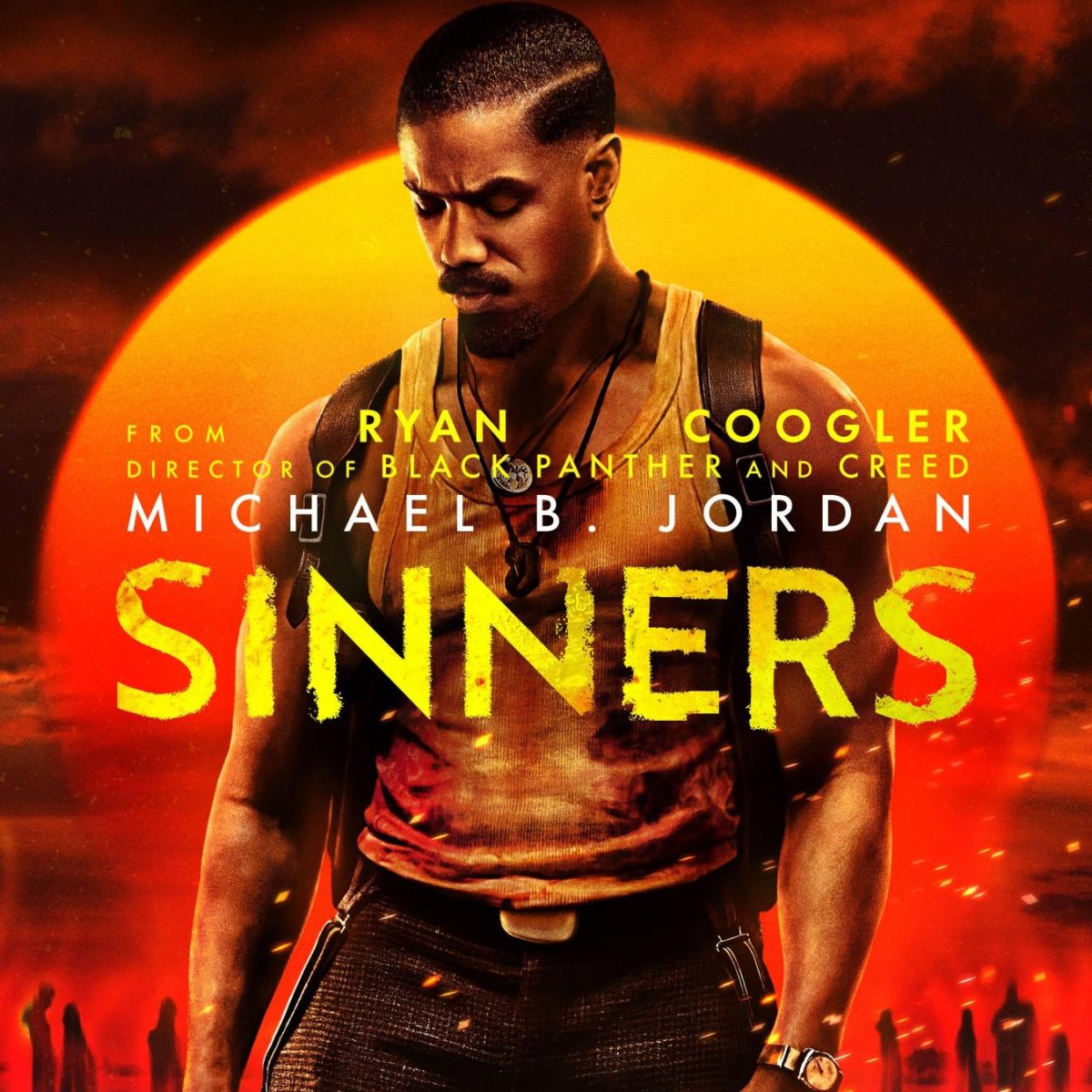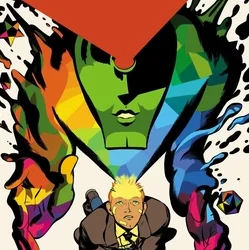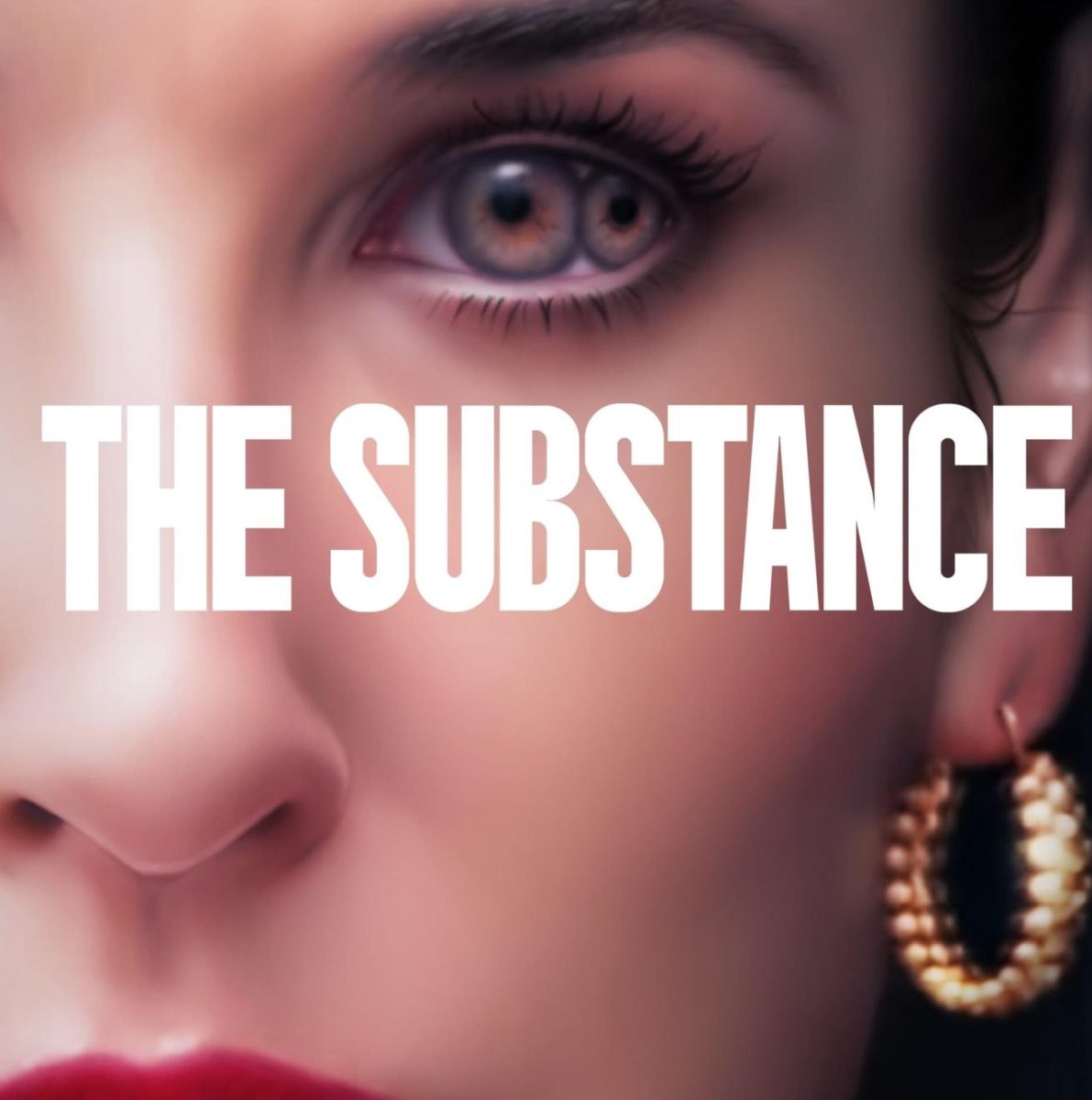Five years ago, anime fans were stunned by an announcement at Crunchyroll Expo 2019: legendary manga artist Junji Ito was going to get a four-episode Adult Swim series adapting his most famous work Uzumaki. When the first episode premiered on September 28, the series lived up to the hype—you can read my glowing review of it here. That first episode promised the series to be not just one of the best anime horror series of all time, but one of the best anime series period.
Then came Episode 2… and 3… and 4.
Uzumaki turned out to be one of the most mediocre anime series that have recently popped up. The three latter episodes are not completely bad, but the severe drop in quality between the first and other episodes makes what would be a middle-of-the-road series into an insult to the fans.
Episode 2 of the show feels like the most bloated part of the show since it contains four stories from different parts of the original anime. The stuffing of stories into a single episode causes them to feel disjointed when put next to one another, and trimming the stories to all fit ends up making them feel like poorly summarized versions. While more time for each storyline would be nice, it isn’t necessary: the first episode proves this by containing three separate stories, but it pulls it off by sticking to the same section of the source material and moving between each story naturally. This episode also starts relying less on the psychological horror and on ineffective jump scares instead.
Episodes 3 and 4 feel leagues better compared to episode 2 but still fall very short of the first episode. The penultimate episode keeps most of the episode focused inside the hospital, which solves the issues of disjointed narratives and allows the episode to become atmospheric and spooky. The finale and post-credit scene are also amazing story-wise, and all of the ideas fit together and are given equal representation.
However, these episodes still feature the main problem of the show, which is the animation. Every frame of the first episode looked flawless and like it was plucked straight from the original manga and moved as fluidly as a life-action movie. The animators achieved this by using motion capture: actors acted out the scenes, then their movements were applied to 3D animated models, and in a move that echoes old rotoscoping techniques, they drew over each frame in the exact position as the 3D renders.
The rest of the episodes have a significant downgrade in animation. While occasional moments in the last episode use the same techniques that made the first episode great, it’s obvious that the animation in the three latter episodes was rushed. Some shots are clearly just the 3D model, while other shots are static drawings where the only thing that moves in a full minute are the character’s mouths. Characters shift widely off model from scene to scene, and some frames are even blurry, as if they weren’t fully rendered or scanned properly.

The botched animation is not just a distraction, but it also takes away from the horror of the show, which makes the show not scary at all. This is most notably apparent in Episode 4: as the animation goes from being horrid to being amazing, the story vibe shifts from wooden and dull to eerie and exciting.
Why was there such a drop in quality, especially when the studio worked on the series for five years? It’s not completely clear, but producer Jason DeMarco posted a scathing critique of Warner Bros on BlueSky. According to DeMarco, Adult Swim and the creatives behind Uzumaki were supportive, but the production was rushed by “one or two people” that he couldn’t name—these people (many in the industry suspect one is controversial Warner Bros. Discovery CEO David Zaslav) thought the last few episodes were taking too long to produce and demanded another animation studio be hired to churn out the rest of the series, high quality or not.
“I can’t talk about what went down,” DeMarco stated in his post, “but we were screwed over, and the options were A) not finish and air nothing and call it a loss; B) just finish and air Episode 1 and leave it incomplete; or C) run all four, warts and all. Out of respect for the hard work, we chose C.”
Regardless of the reasons why, the plunge in quality kills this series. Uzumaki suffers from the inability to engage the viewer throughout the series and leads to an experience that is worse than just reading the book and leaves an unfulfilled feeling toward the show. Ultimately, only die-hard fans of the original manga should watch this—don’t let this be your first time experiencing Ito’s terrific story.













